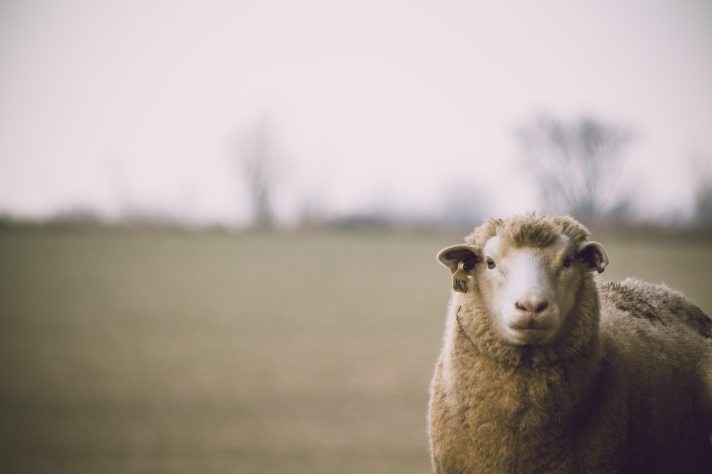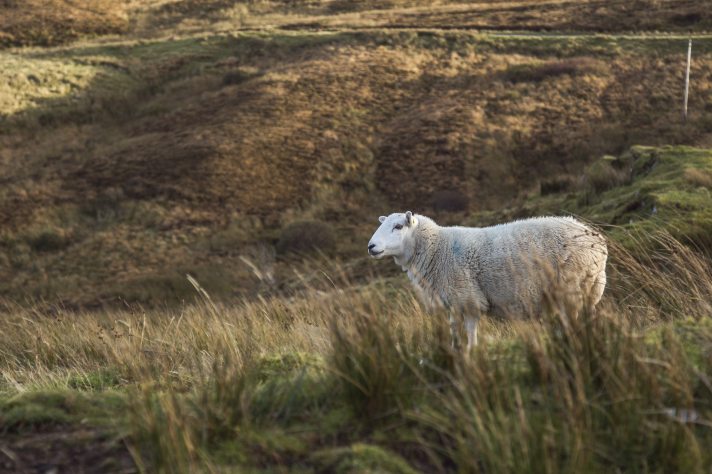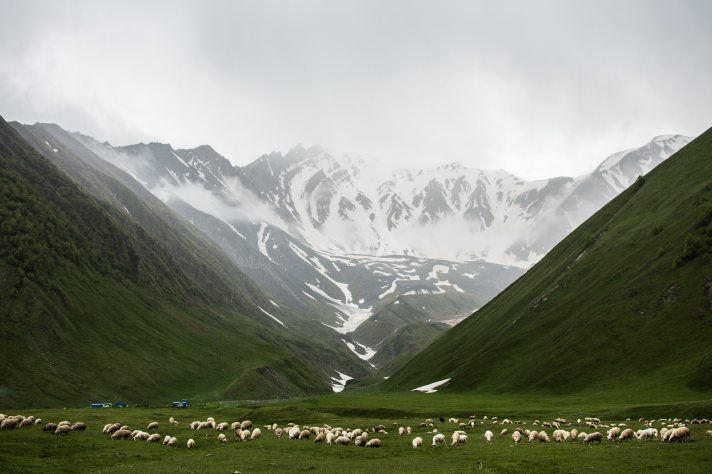Note: Don’t cite me on any of this, because although most of the information is cited from the sources I’ve added, the text still contains my opinions and ideas. You’re welcome to disagree. If any of the information is wrong or outdated, then please let me know (a lot of the sources were either from vegans or farmers, which made it hard to distinguish between facts and opinions). It’s in no way my intention to look down on others or criticise other ways of thinking unless these ways are completely and utterly harmful in my opinion, in which case I feel like I should be at least a bit critical.
the fine, soft curly or wavy hair forming the coat of a sheep, goat, or similar animal, especially when shorn and prepared for use in making cloth or yarn.* yarn or textile made from wool.* the soft underwool or down of some mammals.



Should we forget about wool then?
If you think that abandoning all sorts of cattle breeding and herding is the most ethical solution, then you’re probably not totally wrong. After all, if there are no animals, there can be no animal abuse. However, what should we do with the animals? If you agree with the statement above, then killing them all and feeding them to people probably sounds unethical to you. Slowly reducing the production of wool might be a much better alternative, but what exactly would we use in place of wool? Linen and cotton (especially cotton) have their own industries that might be vegan, but still use enormous amounts of water and release tons of chemicals every minute. Moreover, while those two are, without doubt, great fibres and already widely used, they’re just very different from wool and don’t fit the niche. Using synthetic materials in place of wool would definitely be more ethical, but also bring along all the problems mentioned in some of the previous paragraphs. Not using wool would probably also be disastrous for many tribes and small nations who are traditionally sheep herders and depend on it. It would be robbing them of their cultures. And after all, the problem isn’t with those people and their herds, but with huge uncontrollable farms.

You see, the thing is that right now farms can only declare themselves ethical/environmentally friendly (in most countries, to my knowledge) after formal examination. Getting all the certificates and badges is quite tedious. However, if being ethical became the norm, many large sheep farms would certainly try to avoid that, mess with the laws and fake their badges. There are so many farms in the world that it’s impossible to know what goes on in most of them. How could we even try to regulate their owners and methods? Also, the convert from unethical to ethical is costly and not exactly eco-friendly.
However, even after considering all the problems with converting to sustainable wool production all around the world, I truely believe that sustainability can become the norm and help us cope with the ever-growing population of the world. That’s just my two cents as an optimist. However, no matter whether you believe wool should stay and just become more eco-friendly via stricter regulation on huge farms and encouragement for small farmers or we should just move on and adapt synthetic materials, you can definitely do something in order to help the world. It doesn’t have to be going vegan. You can start by just buying sweaters made from alpaca or camel wool instead of cashmere, supporting indie crafters and being aware of how your choices affect the environment. It’s still possible to save the planet.
This article was written to support the international #FridaysforFuture campaign. I’m a 16-year-old myself and quite obviously very worried about the future of our planet. In order to show my support, I’m going to cut down on using unsustainably produced craft supplies including yarn and instead use Oeko-Tex or otherwise certified materials.
Sources:
Orwig, J. (2015.) Enormous, cloud-like sheep are an evolutionary nightmare. Used 15.03.2019, link.
ASAS Board. (n.d.). There’s no such thing as humane wool left on the sheep: Why sheep shearing is absolutely necessary for sheep welfare. Used 15.03.2019, link.
Embar, W. (n.d.). Wool. Used 16.03.2019, link.
Curnoe, D. (1997). Wool… the Reality for the Sheep. Vegan Views, 77. Used 16.03.2019, link.
Schmitz, R. (2016). How Your Cashmere Sweater Is Decimating Mongolia’s Grasslands. Used 16.03.2019, link.
Disadvantages of Synthetic Fibres. (n.d.). Used 16.03.2019, link.
Environmental Protection Agency (EPA): Acrylonitrile. (2016). Used 16.03.2019, link.
The Dangers of Synthetic Fibers and Fabrics on the Environment. (2018). Used 16.03.2019, link.
Yellow-footed Rock Wallaby. (n.d.). Used 16.03.2019, link.
